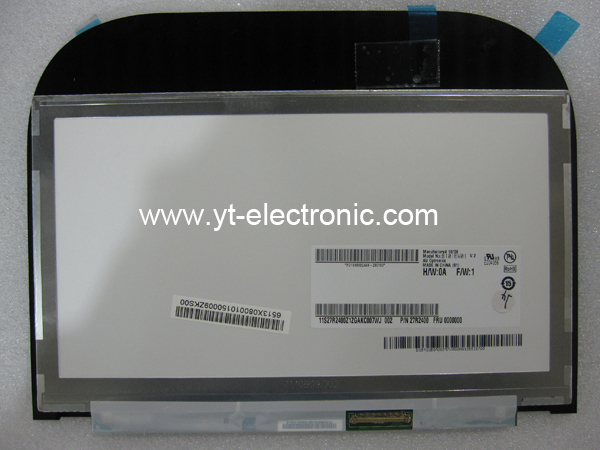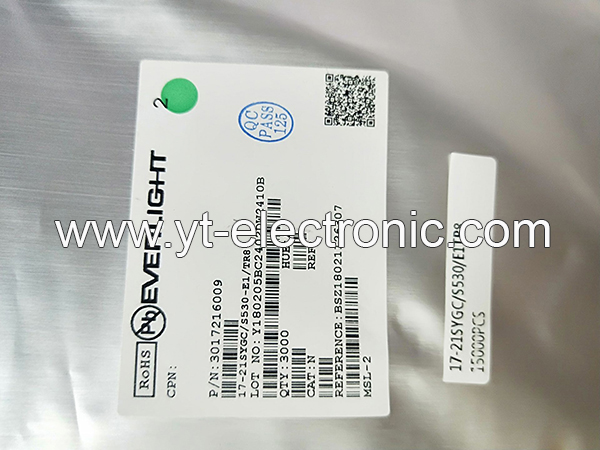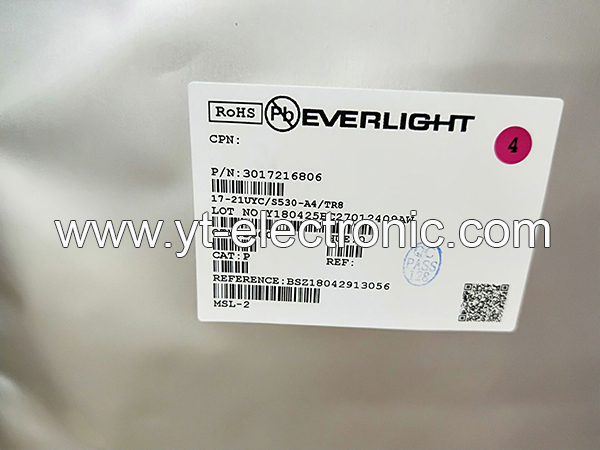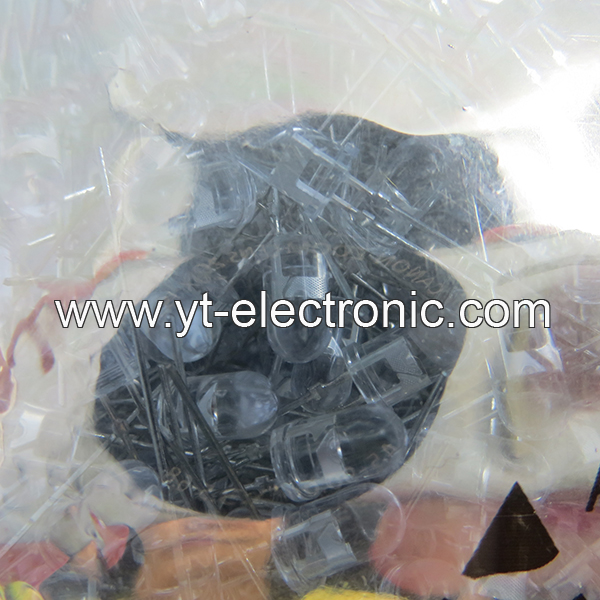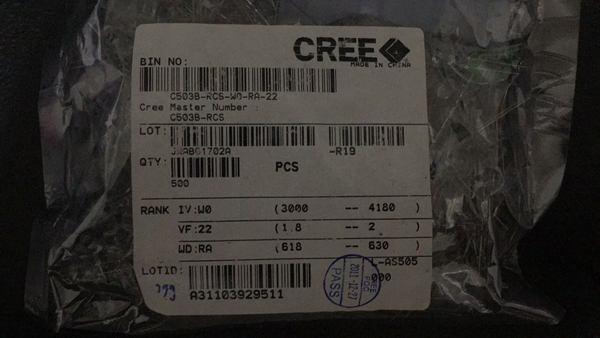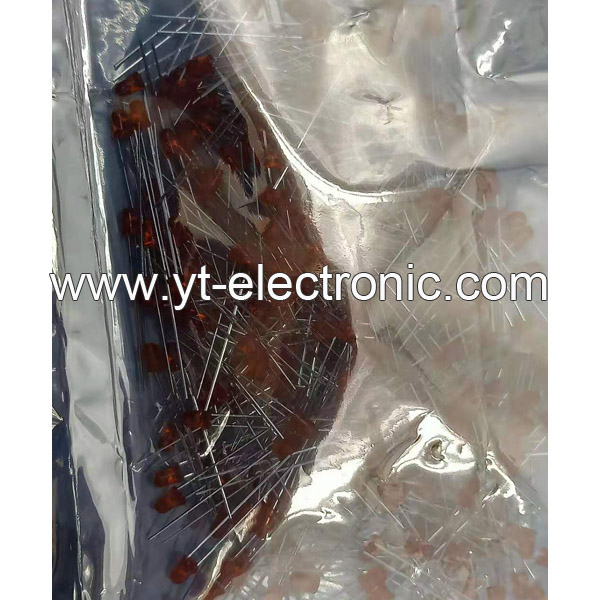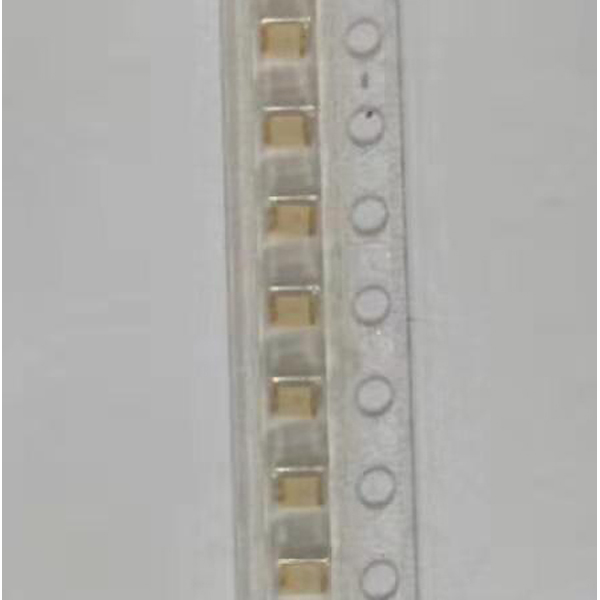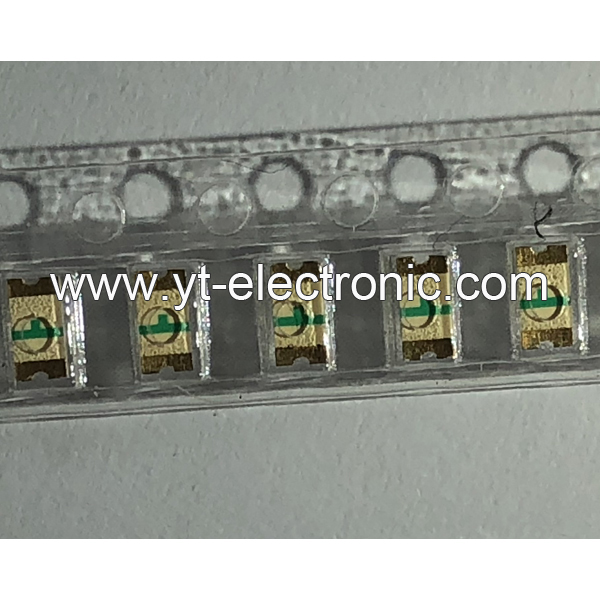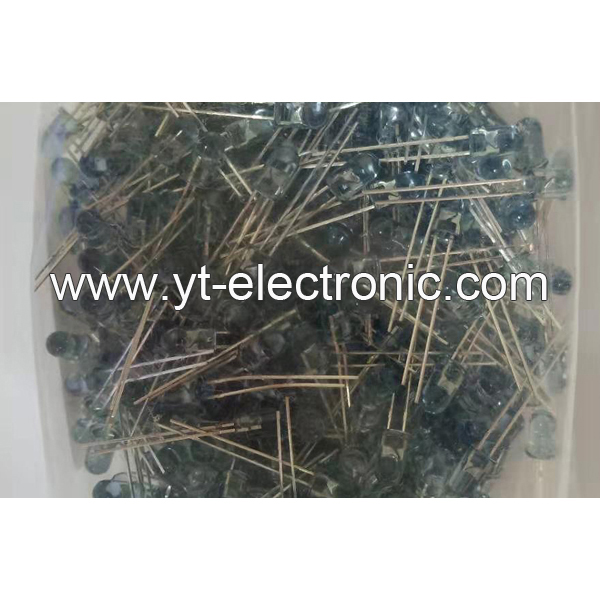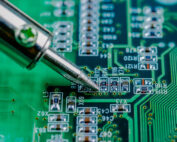Optoelectronics
Optoelectronics is a field that crosses electronics and photonics. Its core function is to achieve information transmission, energy regulation, and signal processing through the mutual conversion of light and electricity. Its devices use the optoelectronics properties of semiconductor materials to convert electrical signals into optical signals or vice versa, and are widely used in communication, display, sensing and other fields.
1. Optoelectronics Overview
Definition: Optoelectronics focuses on the interaction between light and electricity, covering light-emitting devices (such as LEDs, and lasers), light detection devices (such as photodiodes, and photoresistors), and light modulation devices (such as electro-optical modulators).
Technical Basis: Mainly based on III-V compound semiconductors (such as GaAs, and InP), these materials have direct band gap characteristics and can efficiently achieve electroluminescence or photoconductivity effects. For example, by adjusting the band gap of semiconductor materials (such as 3.4eV of GaN), the device can be controlled to emit visible light or infrared light.
2. What are the Main Types and Device Characteristics of Optoelectronics?
1)Light-emitting device:
LED: Converts electrical energy into light of a specific wavelength, used for lighting, display screens, etc.
Laser: Generates highly coherent light beams, used in fiber-optic communications and medical equipment.
2)Photodetector device:
Photodiode: Converts optical signals into electrical signals, has a fast response speed, and is suitable for optical communication receiving ends.
Photoresistor: Changes resistance value based on light intensity, used in scenarios such as light-controlled switches.
3)Optocoupler:
It consists of a light source (such as an infrared LED) and a light detector (such as a phototransistor), which realizes electrical isolation between input/output circuits and improves the system's anti-interference ability.
3. What are the Key Parameters and Performance Indicators of Optoelectronics?
Wavelength range: Visible light (400-700nm), infrared light (>700nm), or ultraviolet light (<400nm), determined by the band gap of the semiconductor material.
Response time: The speed at which optoelectronic devices convert light/electrical signals directly affects the performance of high-frequency applications (such as high-speed communications).
Isolation voltage: The voltage resistance between the input and output ends of an optocoupler device, with a typical value of several thousand volts.
Conversion efficiency: Such as the light efficiency (lm/W) of an LED or the photoelectric conversion efficiency of a solar cell.
4. Where are Optoelectronics Used for?
Optical communication: Lasers and photodetectors in optical fiber communication systems are core components.
Display technology: LED displays, LCD backlights, and OLED panels all rely on optoelectronic devices.
Industrial control: Optocouplers are used in motor drives, power management, and other scenarios to ensure safe signal transmission.
Medical and sensing: Photodetectors are used in medical equipment such as pulse oximeters and infrared thermometers.
5. What are the Development Trends of Optoelectronics?
Optoelectronic devices are evolving towards miniaturization and high integration. For example, silicon-based optoelectronic technology (silicon photonics) integrates optical devices with CMOS circuits, driving innovations in data centers and 5G communications. In addition, new materials (such as perovskites) and quantum dot technologies are expanding the application potential of optoelectronic devices in flexible displays, high-efficiency photovoltaics, and other fields.
6. Optoelectronics FAQs
1) What are the Core Application Areas of Optoelectronics?
Mainly includes optical communications, display technology (such as LCD and LED), optical sensors, laser technology, and light energy conversion equipment.
2) What are the Typical Types of Optoelectronic Devices?
Mainly includes light sources (such as semiconductor lasers and LEDs), light detectors, light modulators (such as electro-optical crystals and liquid crystals), optical fibers, and display devices (such as LCD screens and plasma displays).
3) What are the Common Defects of LCD Screens?
Narrow Viewing Angle: The vertical viewing angle is clear, and other angles are prone to smearing.
Fragility: Due to the characteristics of the liquid crystal molecular structure, the physical impact resistance is weak.
4) How do Optoelectronic Devices Achieve Energy Conversion?
Through the photoelectric effect of semiconductor materials, light energy is converted into electrical energy (such as solar cells), or electrical energy is converted into light energy (such as LED light emission).
5) What are the Advantages of Optoelectronic Systems in Communications?
Compared with traditional electrical signal transmission, light wave carriers have higher bandwidth, anti-interference ability, and long-distance transmission efficiency.

